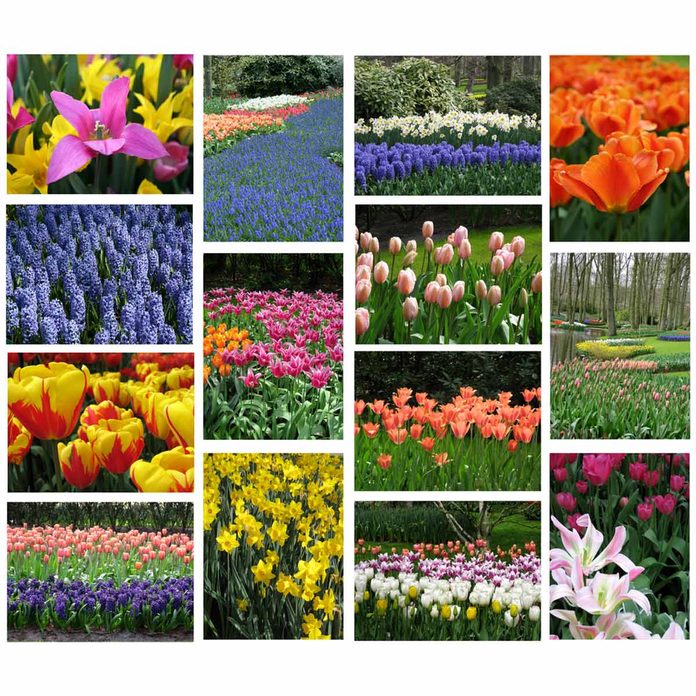
Peruse Plant Catalogs
There’s nothing like flipping through a glossy catalog full of colorful plants to inspire you as you plan your garden. It’s a sweet indulgence that takes you back to a simpler time when we weren’t always rushed. Or, of course, you can save a tree and look at online sites specializing in bulbs. Either way, you’ll have a world of bulbs at your fingertips. Learn about some of our favorite spring-blooming bulbs.

Do Your Research
Once you’ve settled on some of the bulbs you’d like to try, do some research. The better catalogs and websites offer useful planting advice. For design tips and inspirational photography, read garden magazines and websites, and search Pinterest and Instagram. Your local cooperative extension can also be a helpful resource as you plan your bulb garden.
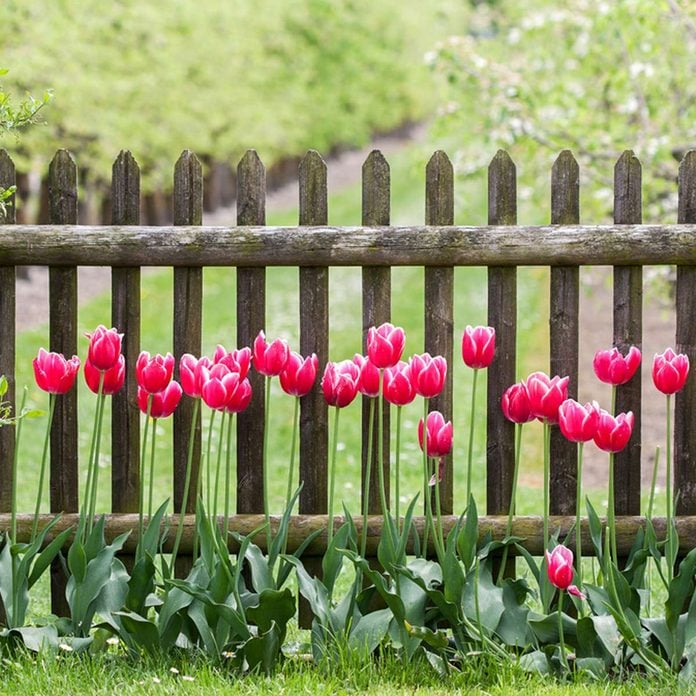
Scout Planting Sites
Hint: Do this before you order your bulbs…it will save you from going overboard! Look around your yard and see where you have space for planting bulbs. Decide what areas could use a little more spring color. If space is lacking, you might plan to put bulbs in containers and place them wherever you want some spring interest.

Check Out Drainage
While you’re out scouting where to plant your bulbs, be on the lookout for drainage issues. Soggy soil causes bulbs to rot, so unless you’re prepared to alleviate the drainage problem, move along to a different spot. Or resort to containers. If you need to improve drainage in your yard, here is some good advice.

Order Early
For the best selection, order early—especially with new or unique offerings. To be the first person on the block to grow the latest and greatest tulip, you have to get in line early. On the other hand, if you’re not tied to a particular cultivar, you can probably pick up what you need at the big box stores. They’ll have the most popular species. Let us introduce you to 7 sensational sources for flower bulbs.
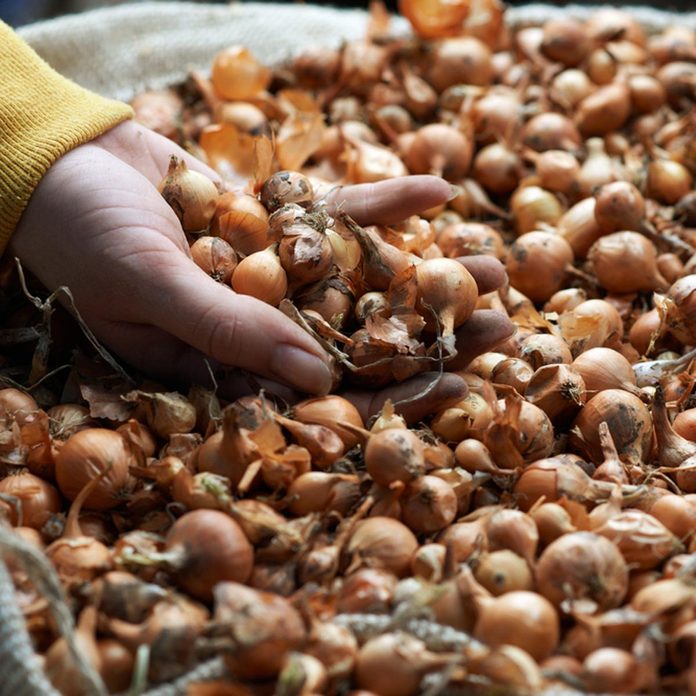
Consider Quality
Buy from a reputable nursery and don’t accept bulbs that are bruised, soft or mushy. Many bulbs are labeled “top size,” because they’re the largest size available and they produce the largest and most flowers. A top size tulip bulb may be 4-3/4 inches around, while standard tulip bulbs are closer to 4 inches. If you’re looking to fill a large area, standard bulbs may be more economical.
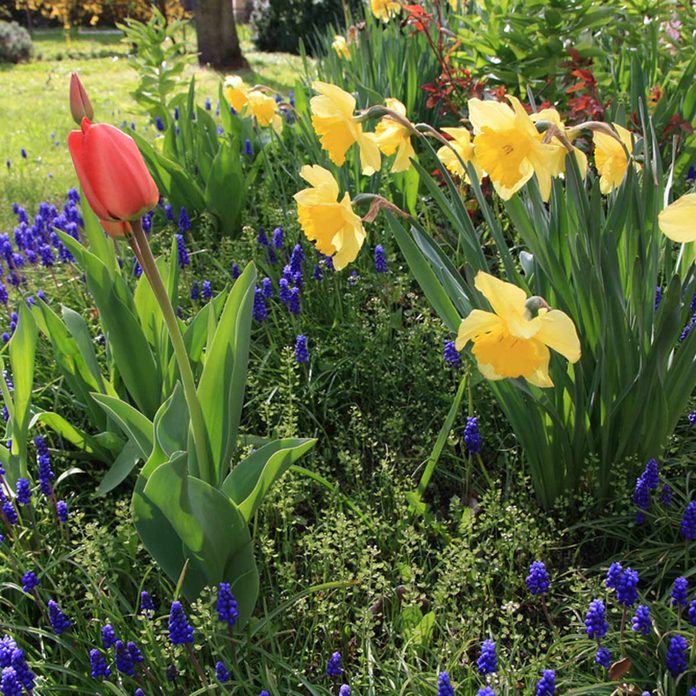
Remember Companions
As you plan your bulb garden, consider what to plant with them. For instance, a lot of gardeners like to underplant tulips with perennials such as forget-me-not and moss phlox. Others add annuals such as pansies and sweet Williams. You can also pair different bulb species, such as the daffodils, tulips and grape hyacinths seen here.
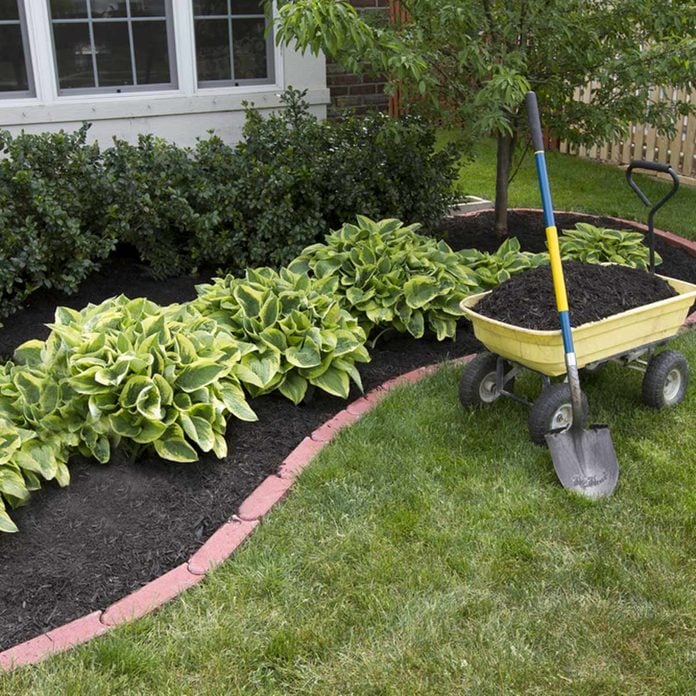
Nothing Succeeds Like Succession
Spring-blooming bulbs eventually peter out. What then? Instead of a bare spot, plan ahead. Include other plants in the bed so they can take over when bulbs are spent. Hostas are a good bet, even if they’re growing in the shade of a tree because most spring-blooming bulbs are finishing up by the time trees leaf out. Wouldn’t the area in front of these hostas benefit from some spring-blooming bulbs?
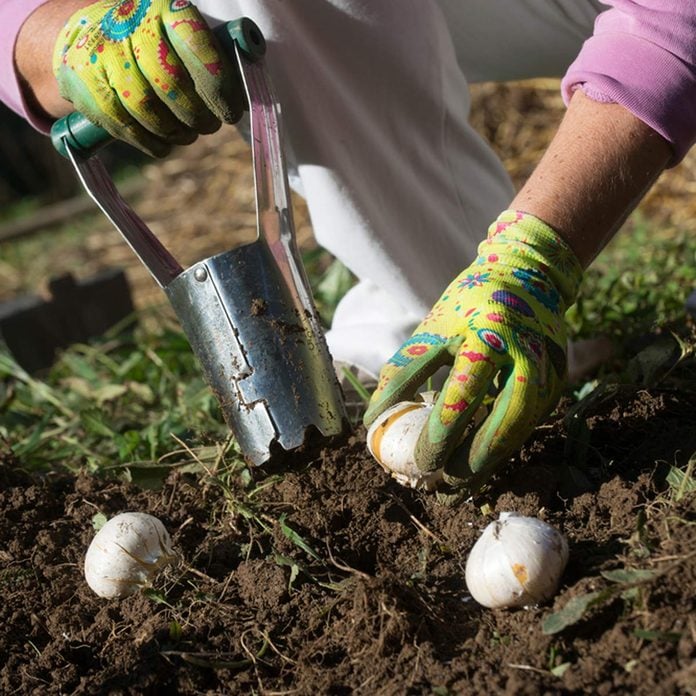
Tool Time
Just because you’re planting bulbs for the first time doesn’t mean you have to beef up your roster of tools. While a handheld bulb planter works nicely in soft, previously-worked soil, a trowel will dig deeper. And a sharp spade may be needed for heavier, harder-to-work soils. Also, if you’re planting en masse, it makes more sense to excavate one large hole rather than a bunch of small ones. And a spade is your best tool for that task. Make sure you have one on hand. Need help with gardening tool storage? This collection of ideas will help.
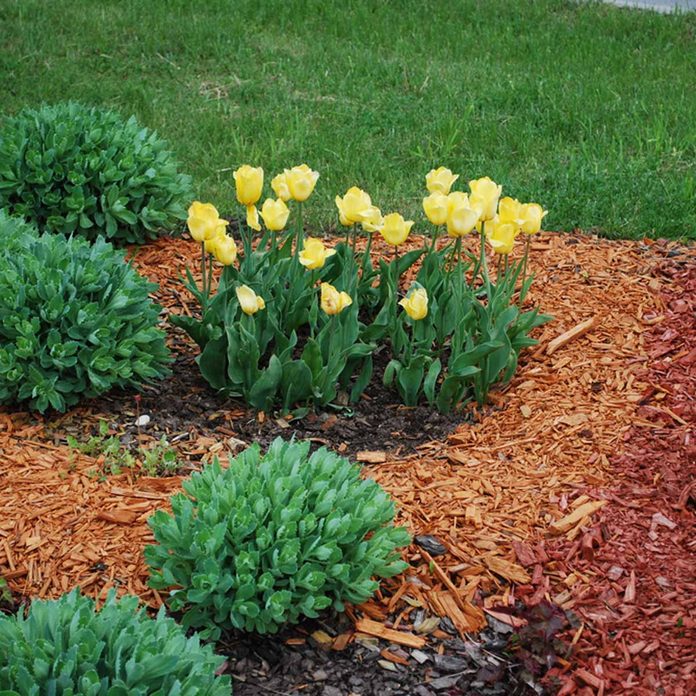
Mulch Away
Think about grabbing a few bags of mulch now, while it’s still readily available. Or wait until fall to collect and shred leaves for a mulch. Either way, you are protecting the soil, discouraging weeds, and moderating the freeze/thaw cycle that can damage bulbs and perennials. We can help you pick the right mulch. See our mulch guide to learn more.
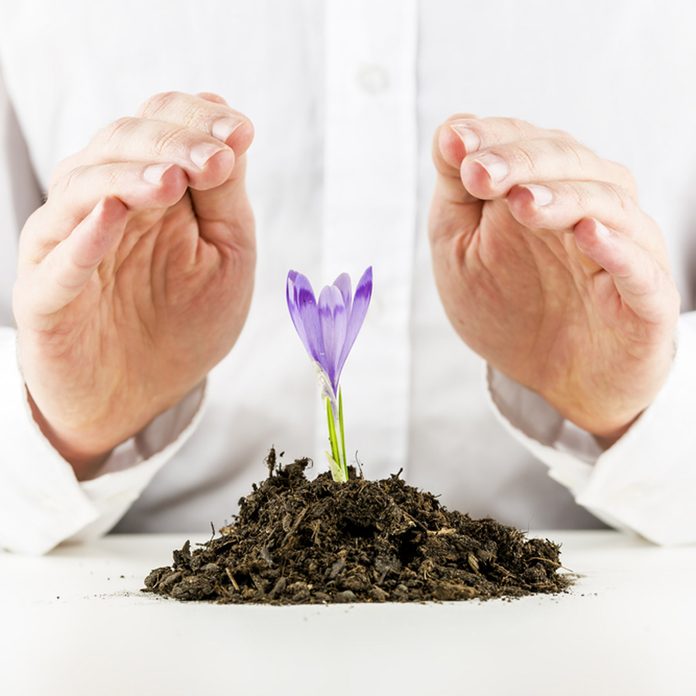
Plan to Protect Your Bulbs
Plan now to thwart animal marauders such as squirrels and chipmunks. You might want to grab a bottle of rodent repellent, which coats bulbs to discourage animal thievery. Another idea is to buy some chicken wire and place it over newly planted bulbs before backfilling with soil. Some gardeners simply stick with bulbs that don’t tempt varmints: daffodils, hyacinths, Siberian squill and allium.
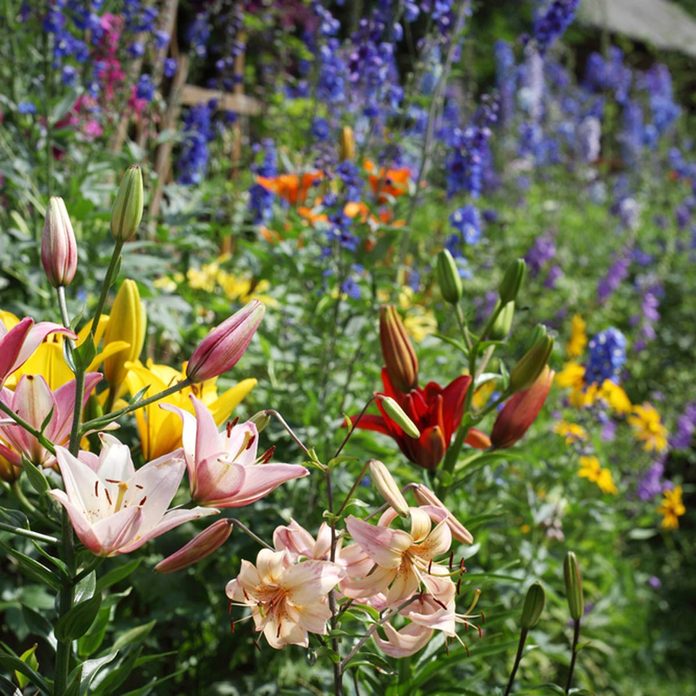
Think Summer Sales
As you plan your spring garden, remember your summer garden, too! Mid to late summer is a great time to score deals on container-grown summer bulbs such as lilies. Faded though they may be, they’ll be looking fit as a fiddle next year if you get them in the ground now and keep them watered. Tender summer bulbs, such as dahlias and cannas, are also an option but will need to be stored in a cool basement or garage for the winter. Here are 12 ways to get your lawn and garden ready for fall.